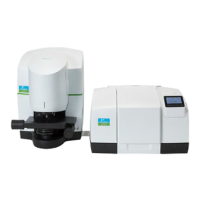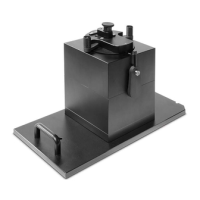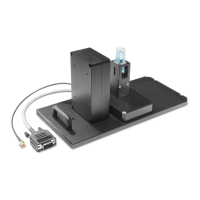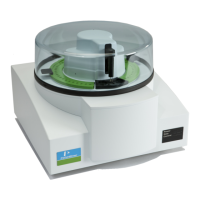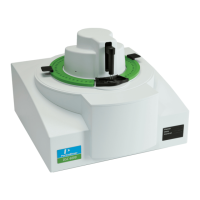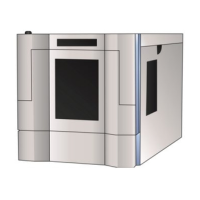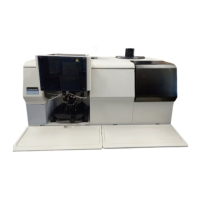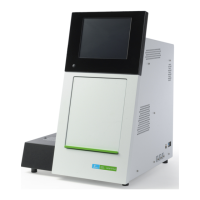Warnings and Safety Information . 17
Explanation of the laser radiation hazard and its
classification
Indirect observation of the laser beam radiation in the optical path is not hazardous.
Directly viewing the laser beam along its axis (allowing the laser beam radiation to pass
into the eye) can be hazardous, depending upon the power of the beam, the length of
time that the eye is exposed to the beam and the optical efficiency of the exposed eye.
Direct viewing of a laser beam along its axis is termed
intrabeam viewing
.
Protection of the eye during accidental, momentary intrabeam viewing of a Class II/Class
2 laser beam is normally given by the eye’s aversion response, including the blink reflex,
which limits exposure of the eye to less than 0.25 seconds.
CDRH regulations state that Class IIa levels of laser radiation are not considered to be
hazardous if directly viewed for any period of time less than or equal to 1000 seconds.
Class I/Class 1 levels of laser radiation are not considered to be hazardous.
The CDRH, BS EN 60825-1 and IEC 60825-1 laser radiation classification limits are
described below:
CDRH Class limits
Classification For 633 nm Laser Radiation
Class II
> 3.9 µW to 1000 µW
Class IIa
> 0.39 µW to 3.9 µW
Class I
< 0.39 µW
BS EN 60825-1 and IEC 60825-1 Class limits
Classification For 633 nm Laser Radiation
Class 2
> 6.8 µW to 1000 µW
Class 1
< 6.8 µW

